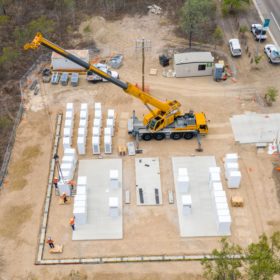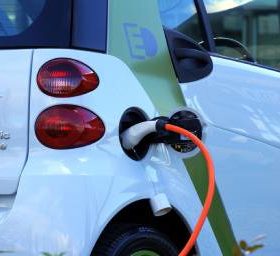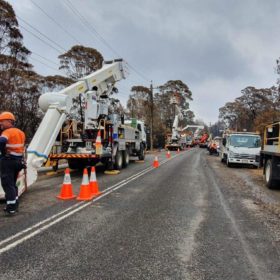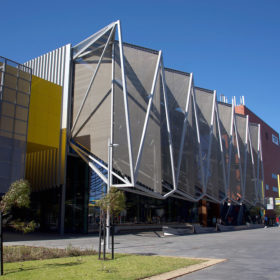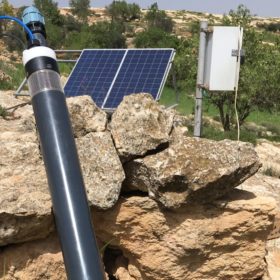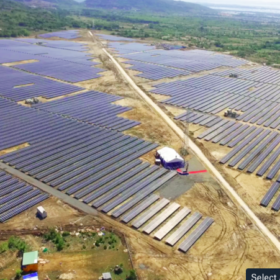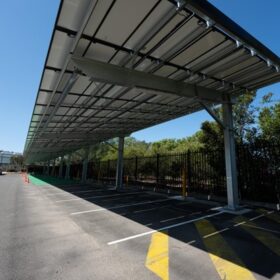Researchers discover how hydrogen causes embrittlement of steels
University of Sydney researchers have found evidence of how hydrogen causes embrittlement of steels, the discovery that can potentially pave the way to hydrogen-fueled future. The groundbreaking research also reveled a technique to address this challenge.
WA Govt set to fund seven renewable hydrogen feasibility studies
The WA Government has allocated funding from its Renewable Hydrogen Fund toward seven feasibility studies that could pave the way for significant renewable hydrogen projects around the state.
Timely Tesla delivery charges Queensland’s community-scale battery toward fruition
Queensland’s first community-scale battery is nearing completion after the delivery of its 4 MW Tesla battery. The battery, to be charged with excess solar power from Townsville’s residential rooftop PV, should connect to the grid by the end of the summer.
Researchers develop Intelligent Charger to make EV charging a two-way street
Researchers at Sydney’s Macquarie University have developed a multi-functional device that can be easily installed in any EV to alleviate energy anxiety in the vehicle and the household. The Intelligent Charger could be the necessary bridge in the transition to EVs.
NSW to Victoria interconnector disconnected as bushfires threaten transmission
Australia’s bushfire crisis is beginning to expose a National Energy Market over-reliant on vulnerable individual elements. Does Australia’s changing environment necessitate a localised energy future?
New lithium-sulfur battery unveiled by Aussie scientists
Scientists at Monash University claim to have developed the world’s most efficient lithium-sulfur battery. They say the new device could enable an electric vehicle to drive more than 1,000km on a single charge.
‘You can’t go wrong with solar’
2.5 MW of solar is being deployed at three project sites in Papua New Guinea, with commercial operations likely to begin within nine months. The installations will provide power in the island province of New Ireland at lower prices, while also improving access to electricity.
Amber Electric: The year when the promise of smart grid begins to be realized at scale
As the energy landscape continues to evolve to meet the needs of the 21st century, digitalization is growing within generation, distribution and transmission. On the demand management side, Amber Electric is seeking to bring transparency to the market, passing wholesale prices directly to consumers for a $10 flat monthly fee. The Melbourne-based start-up is readying to expand its offering in 2020, as home batteries, EV chargers and other smart devices establish a firmer hold in the Australian electricity market, says Dan Adams, co-founder of Amber Electric.
A solar-powered irrigation pump with pay-as-you-go option
Comet-ME has developed a solar-powered submersible borehole piston pump for off-grid communities and smallholders to use for irrigation and domestic purposes. The device, compatible with PV systems from 300-900 W in size, can pump water from 45m with as little as 50 W of continuous solar power.
Vietnam to stop licensing large-scale solar projects
In a newly published policy document, Hanoi has urged regional governments and the country’s state-run utility, EVN, to suspend authorizations for new solar parks until further notice. Around 8.93 GW of utility-scale solar capacity is already approved for development in Vietnam, according to the Ministry of Industry and Trade.


